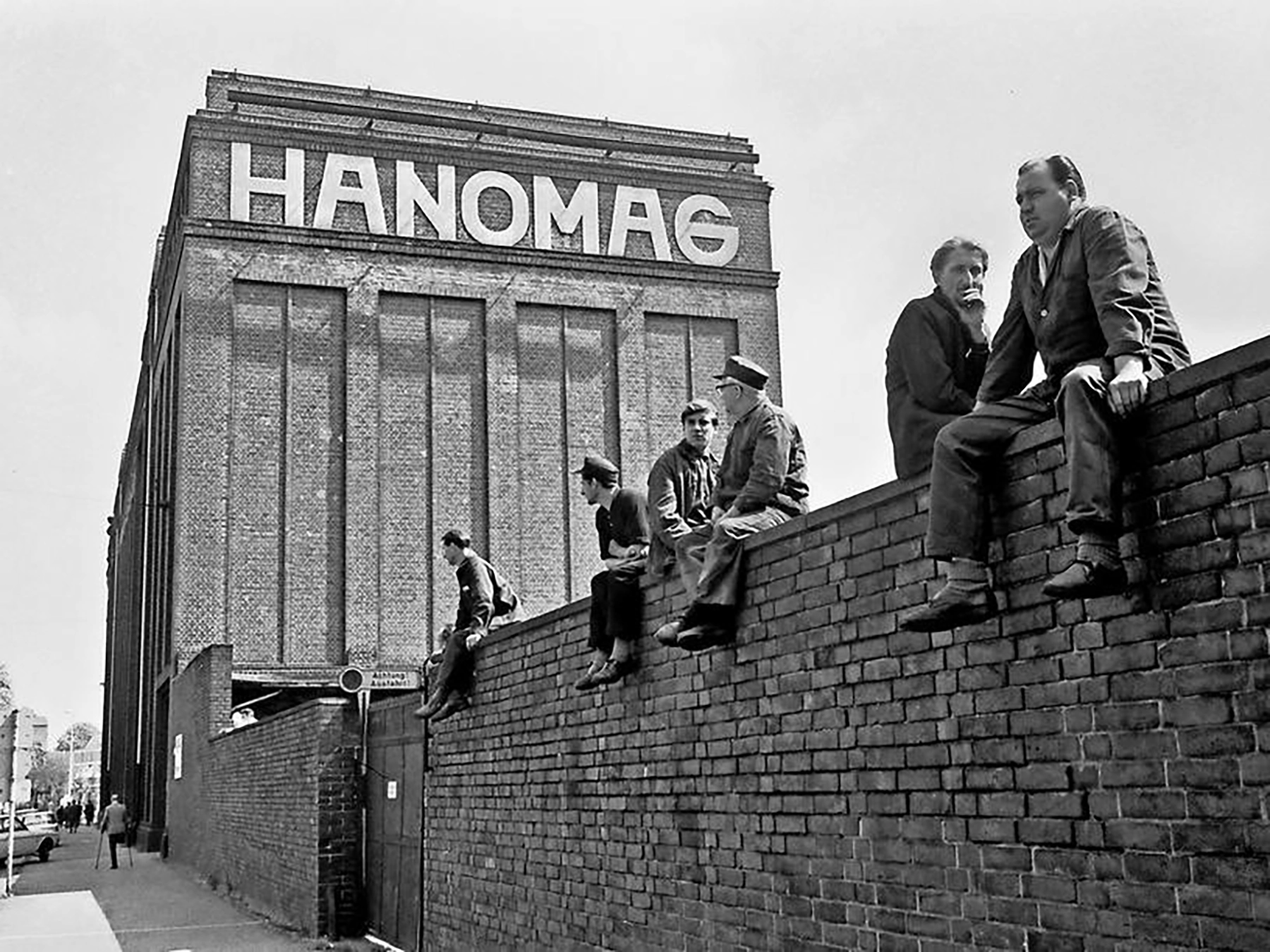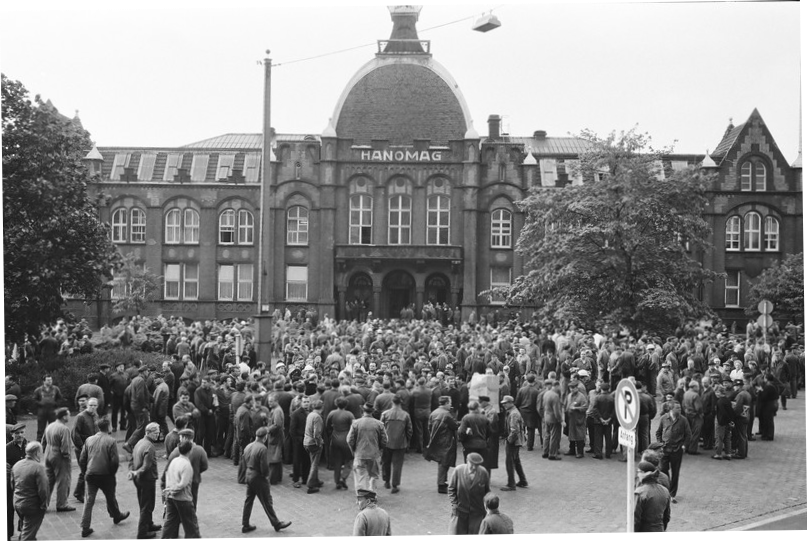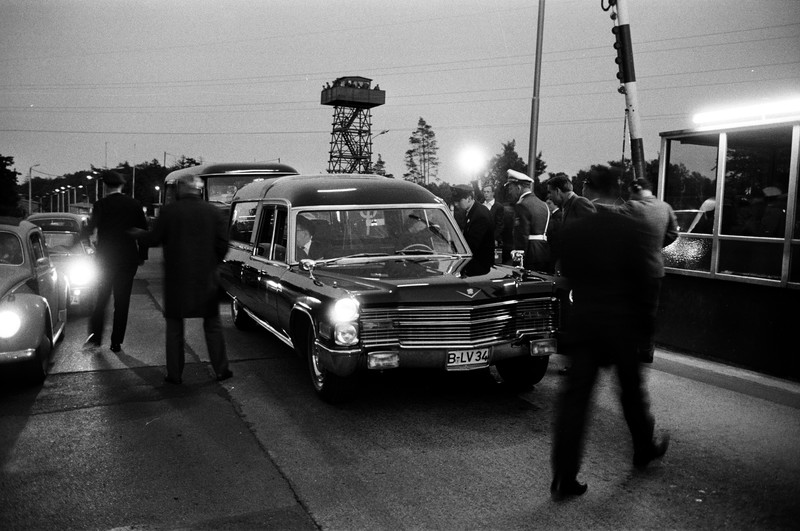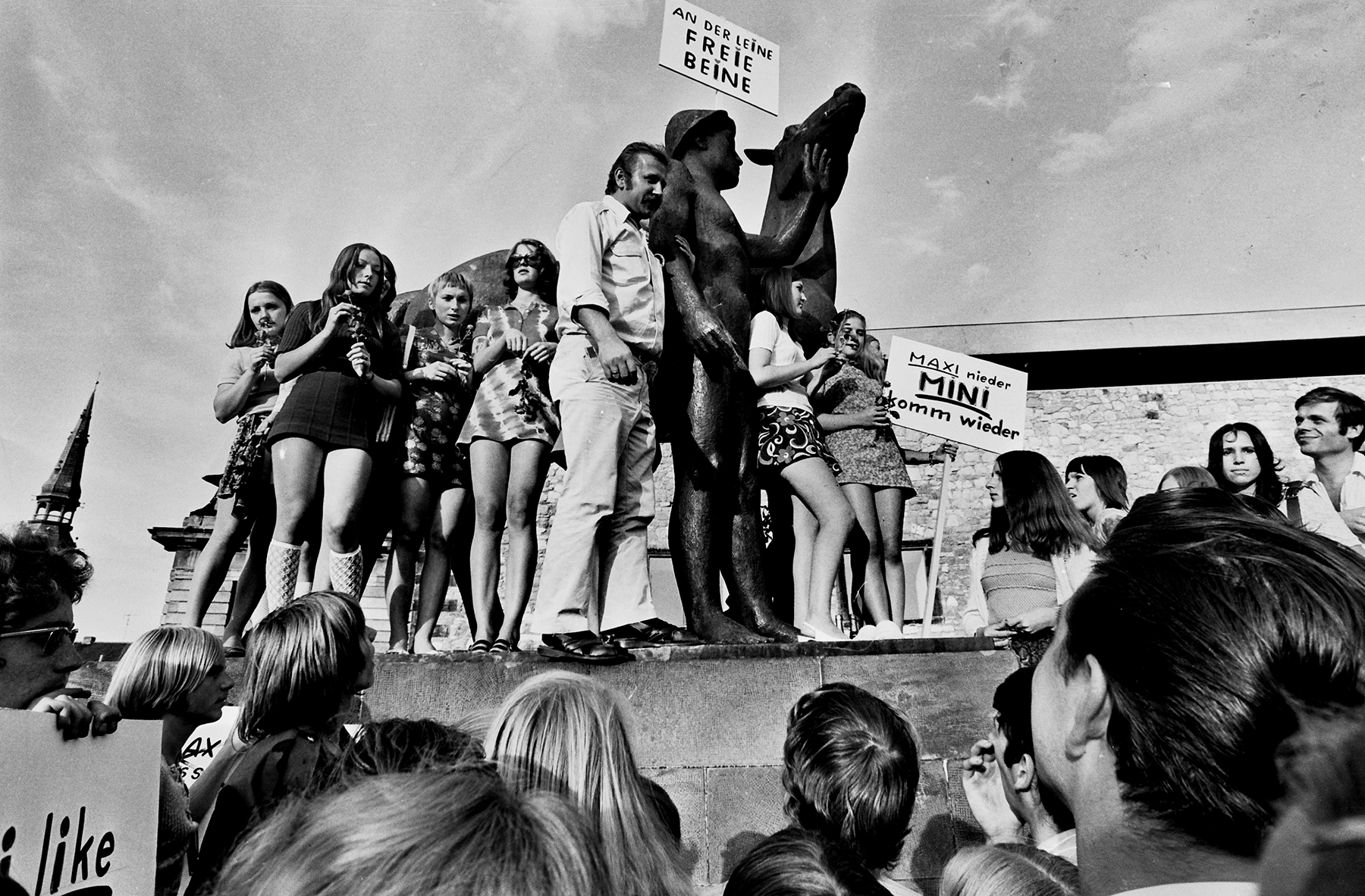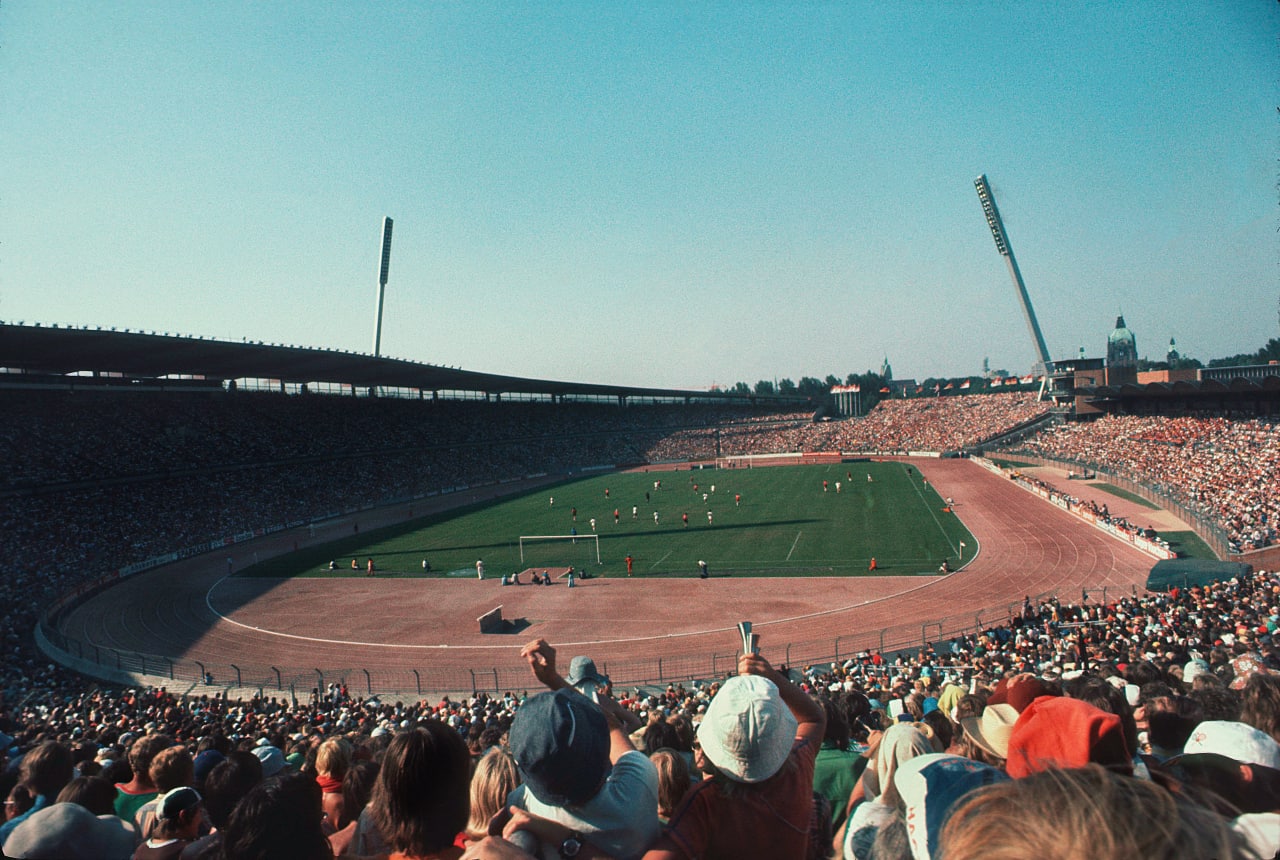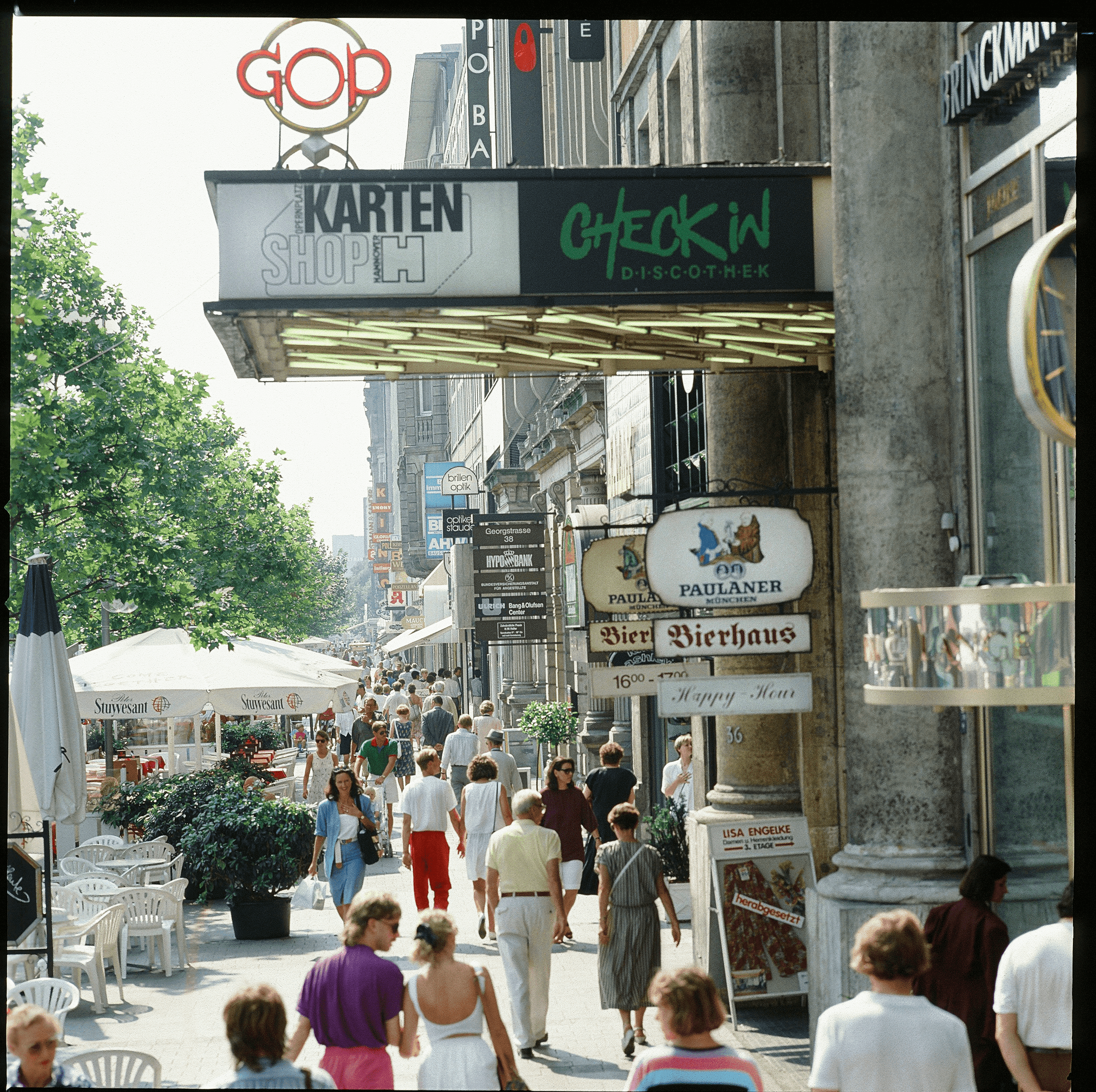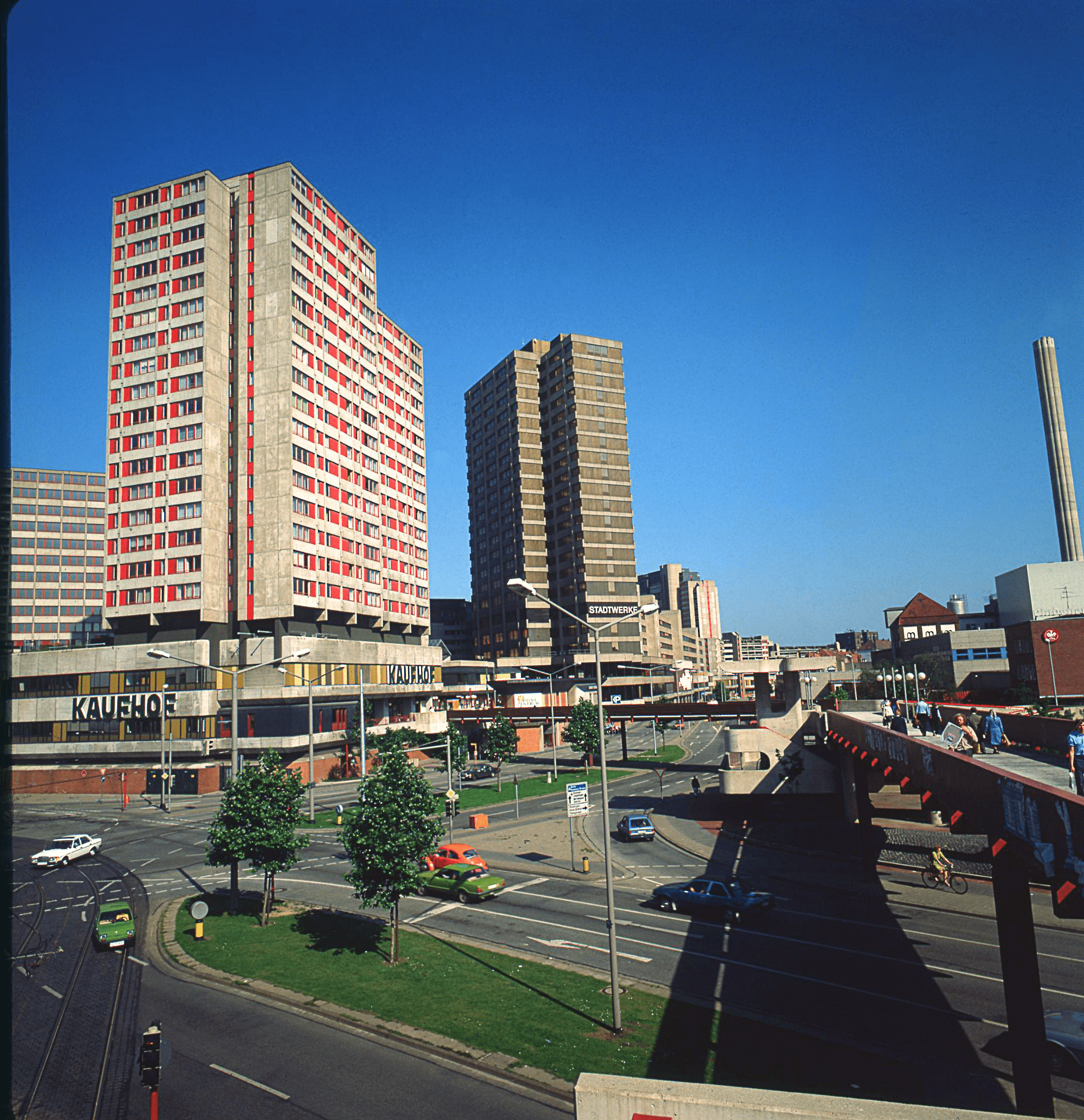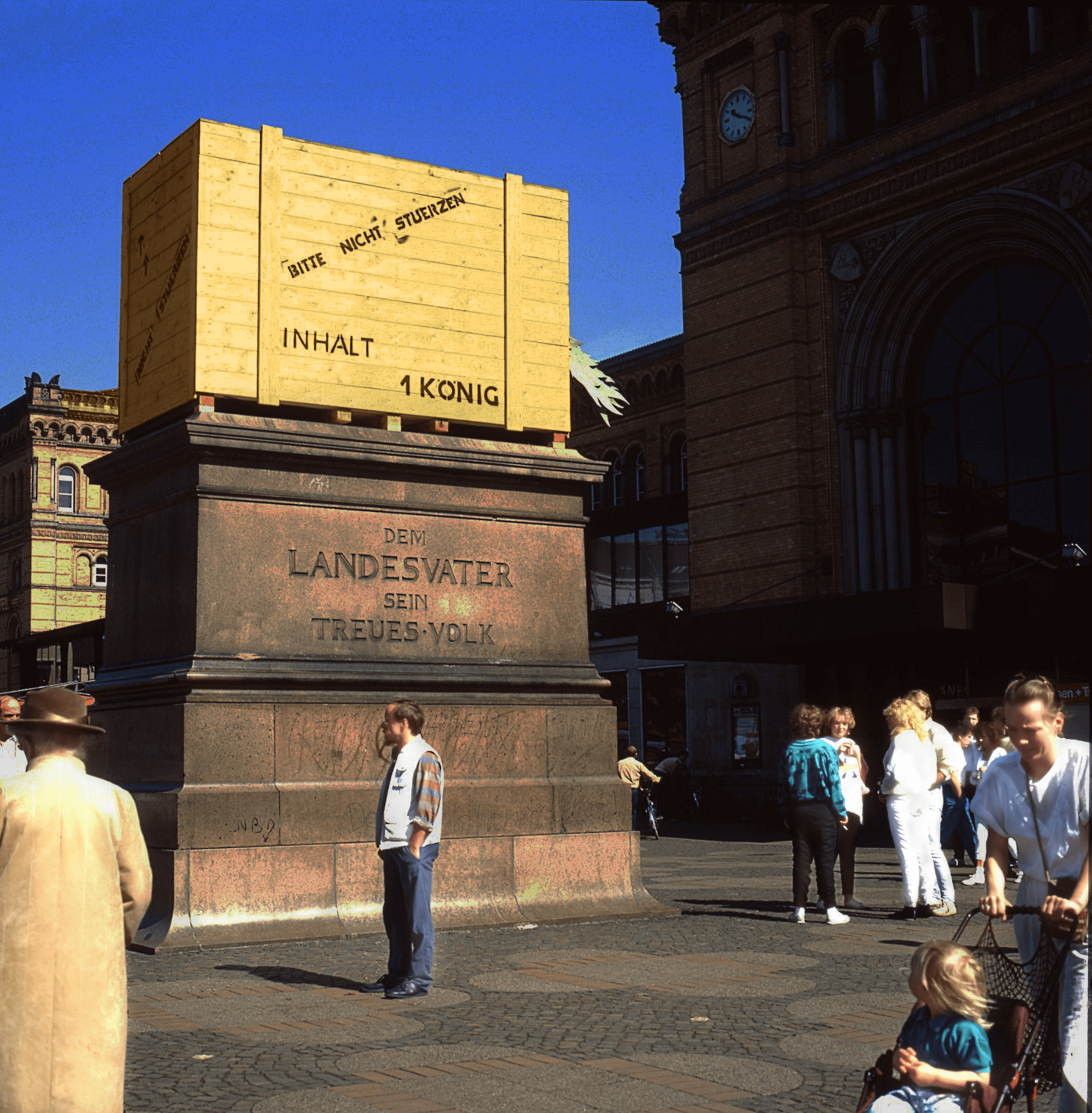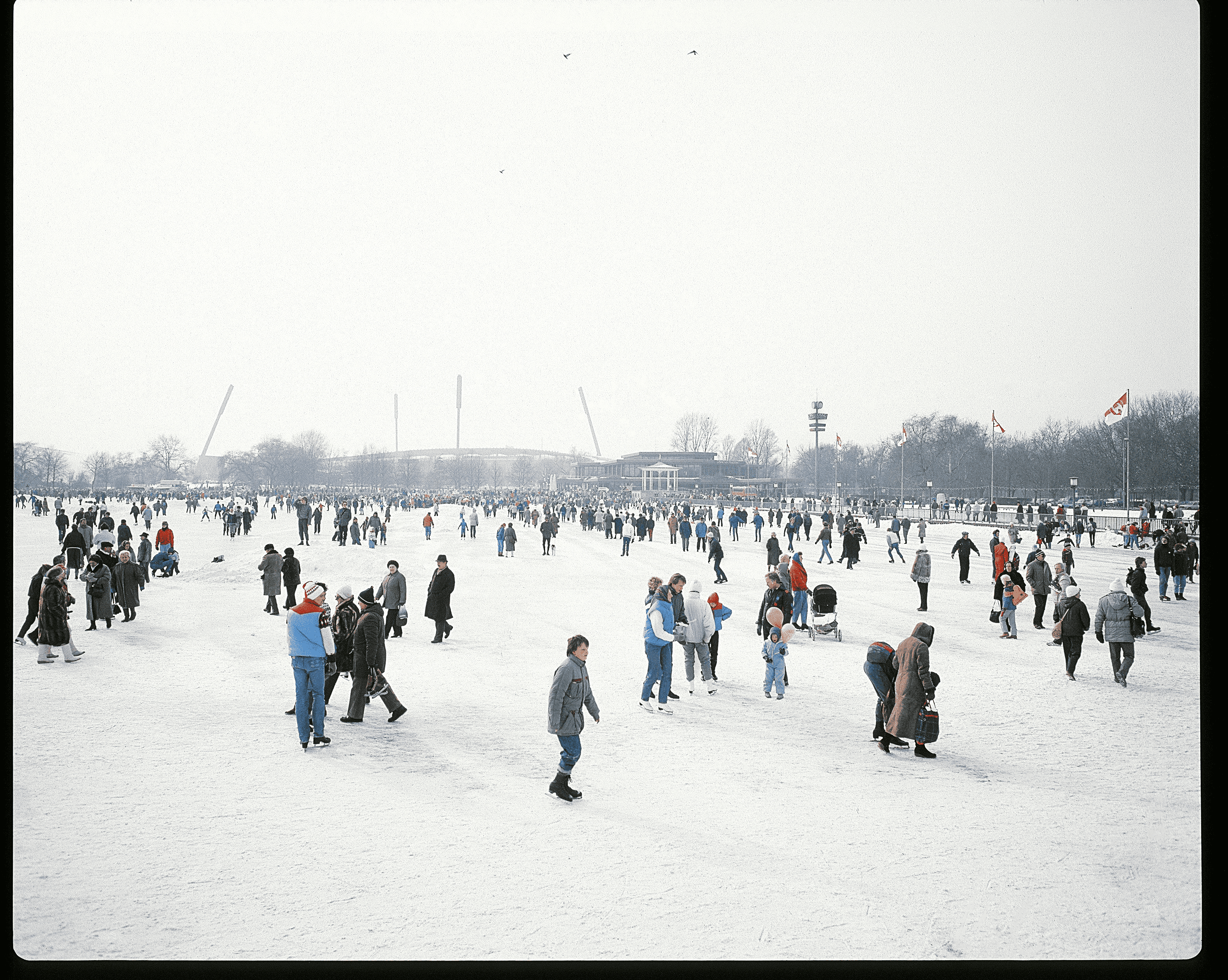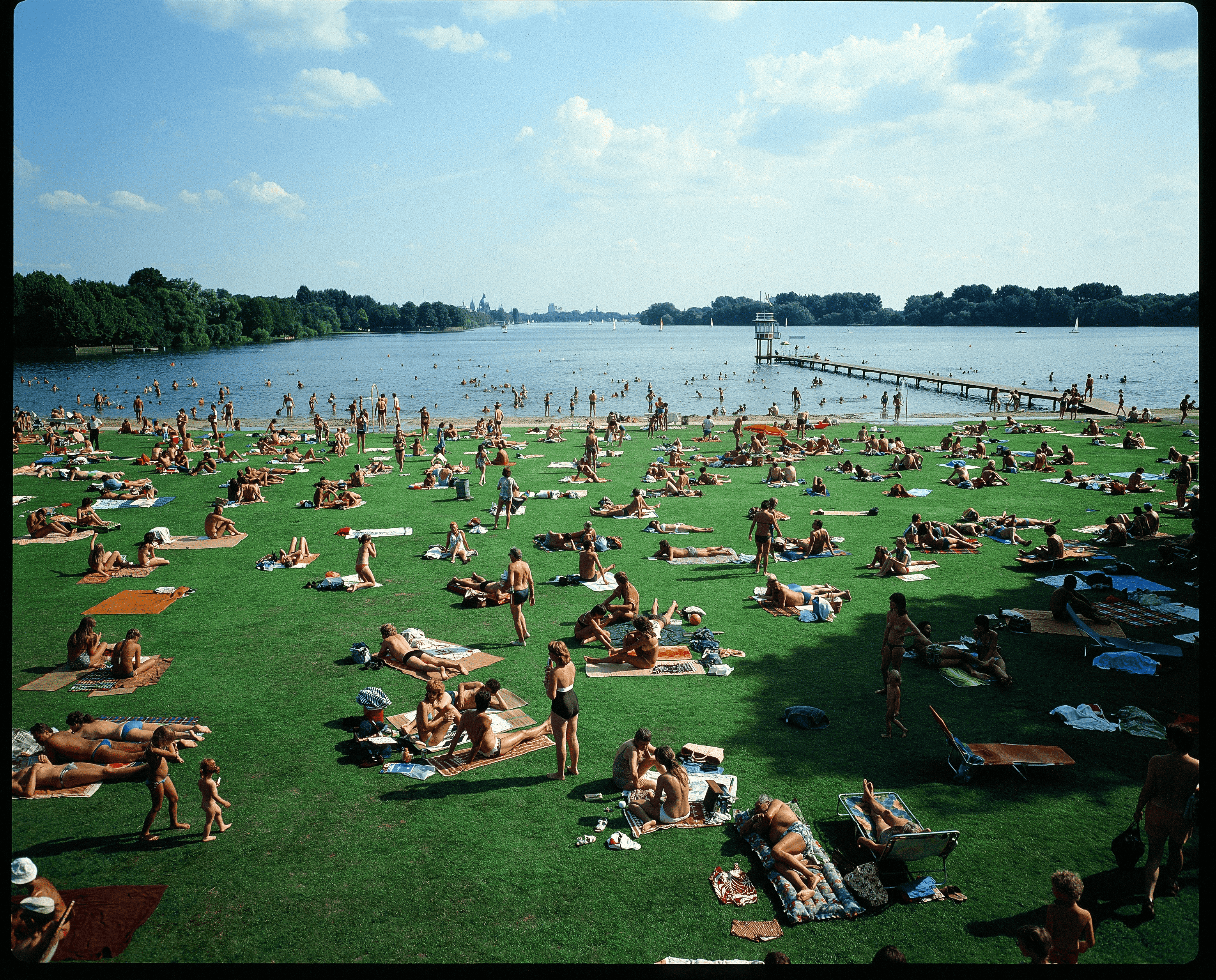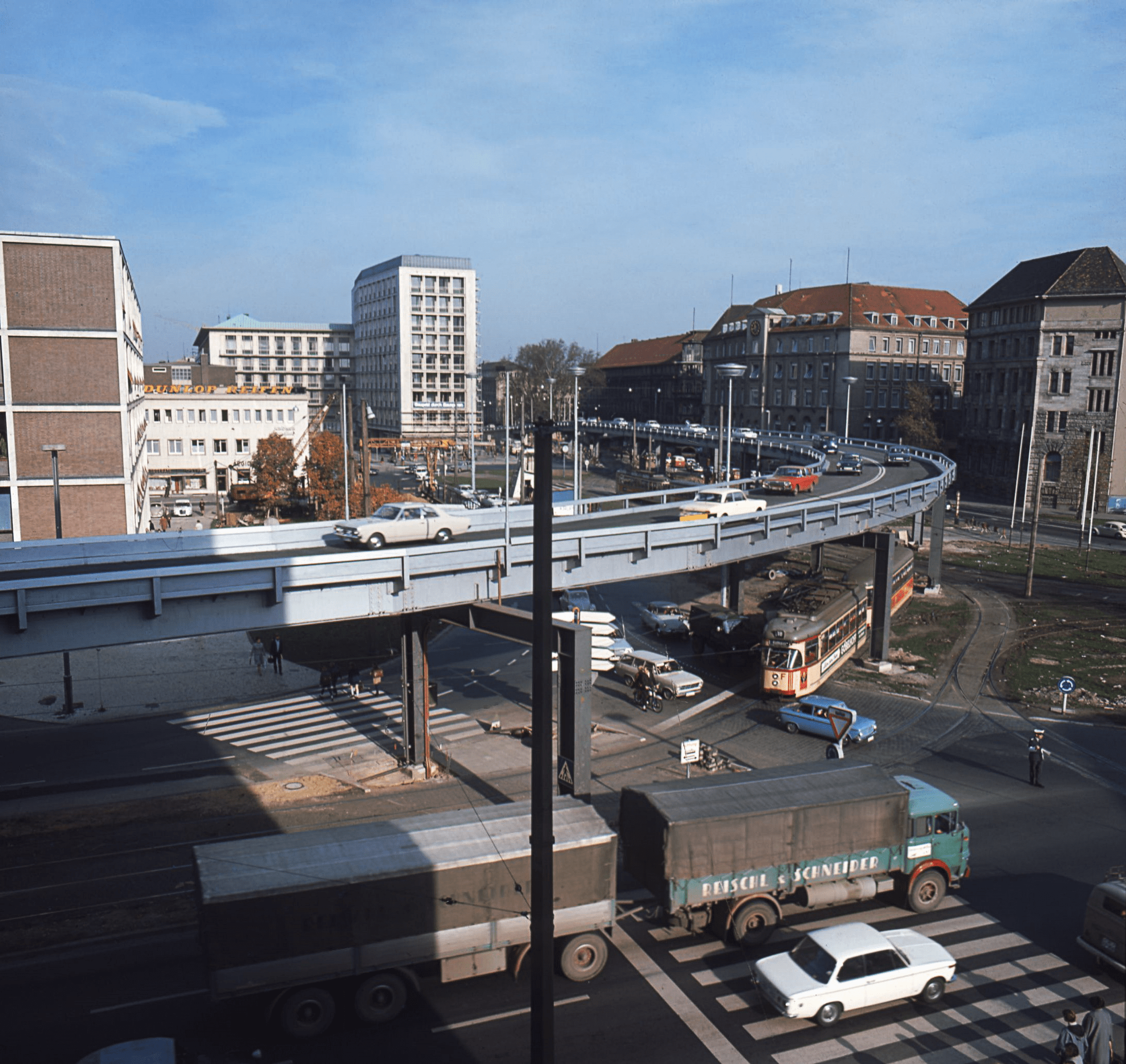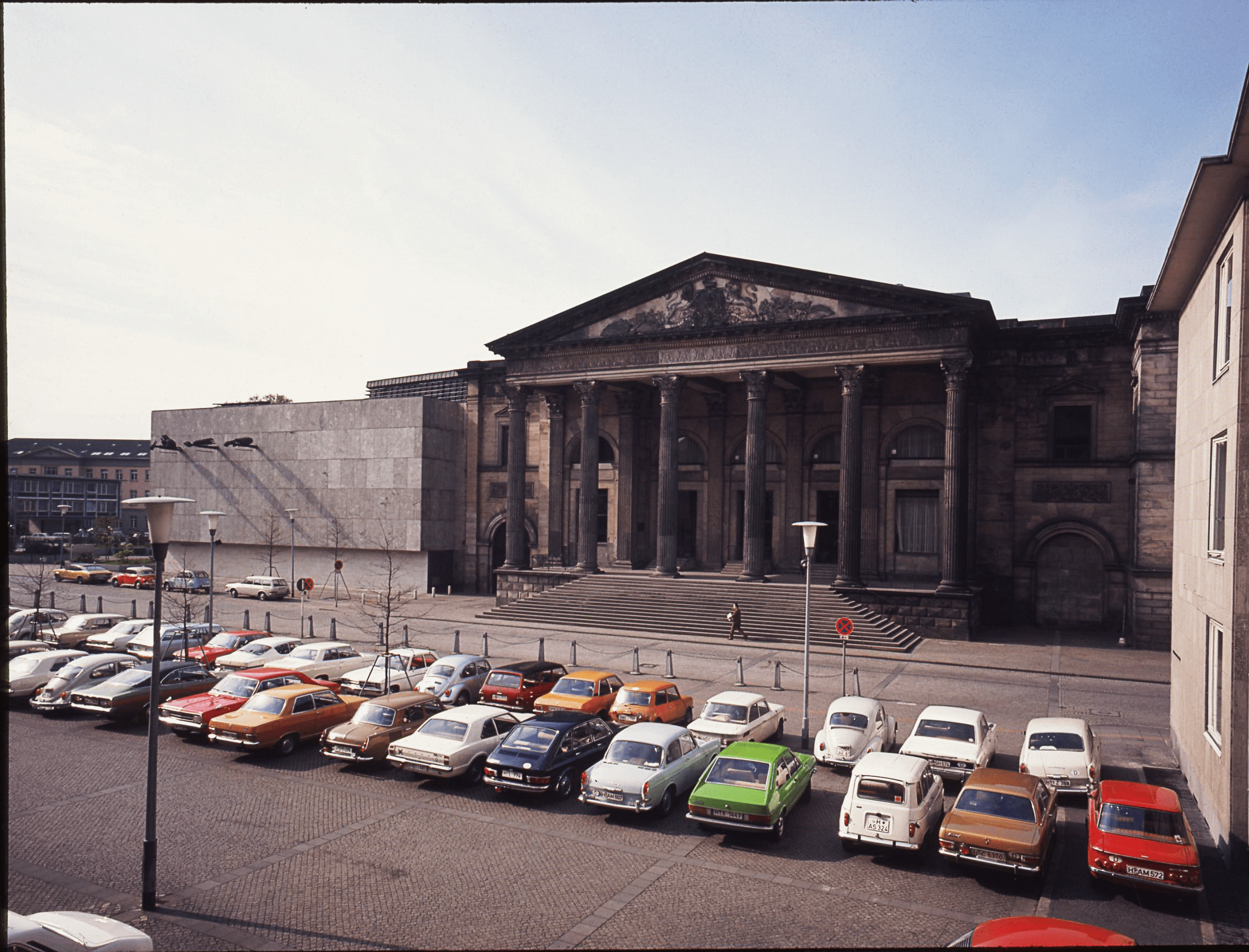Benne, Simon; Menkens, Gunnar (2018): 1968. Als die Revolte nach Hannover kam. Hannover: Madsack Medienagentur GmbH & Co. KG (Hannoversche Allgemeine Zeitung).
Breider, Eckhart; Giesel, Joachim; Toll, Hans J. (1975): Hannover. 2., verb. Aufl. Frankfurt am Main: Weidlich.
Decker (1977): Hannover für Gäste. In: Neue Hannoversche Presse, 19.03.1977, o.S.
Giesel, Joachim (1977 und 1981): Schönes Hannover/Beautiful Hannover/Hannover, la belle. Hannover: Fackelträger Verlag.
Giesel, Joachim (1986): Farbiges Hannover/Colourful Hannover/Hannover en couleur. Hannover: Fackelträger Verlag.
Giesel, Joachim (1991): Hannover. Ausgabe Englisch, Russisch, Japanisch. Hannover: Fackelträger Verlag.
Giesel, Joachim (1991): Hannover. Ausgabe Deutsch, Französisch, Polnisch. Hannover: Fackelträger Verlag.
Giesel, Joachim; Landeshauptstadt Hannover; Riebesehl, Heinrich (Hg.) (1970): Experiment Strassenkunst Hannover. Der Anfang. Hannover: o.V.
mk (1991): Giesel suchte mit der Kamera nach dem “schönen Hannover”. Dreisprachig: Ein aktueller Bilderbogen aus dieser Stadt. In: [unbestimmte Tageszeitung aus Hannover], 1991, o.S.
o.A. [bal] (2010): Himmlisches Hannover. In: Hannoversche Allgemeine Zeitung, o.S.

